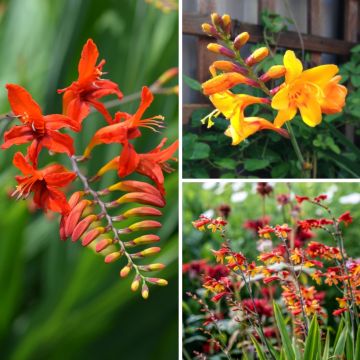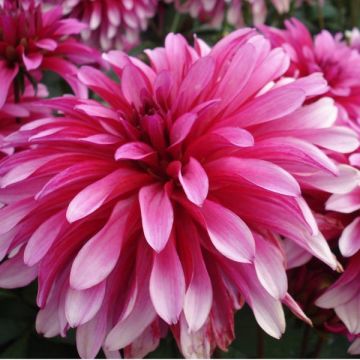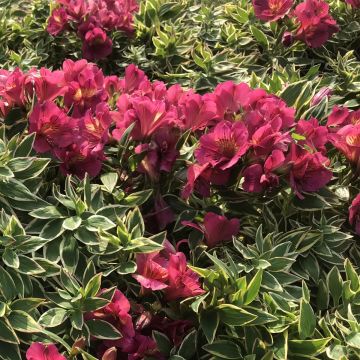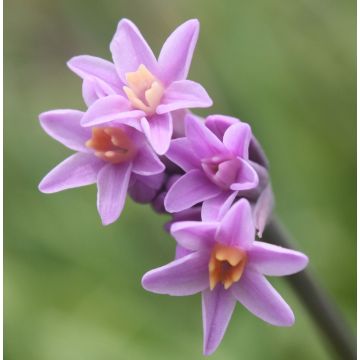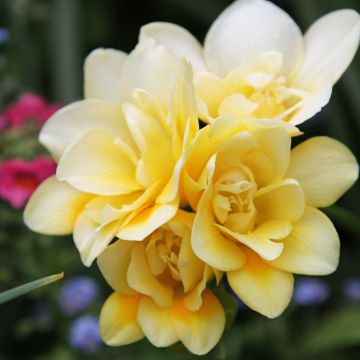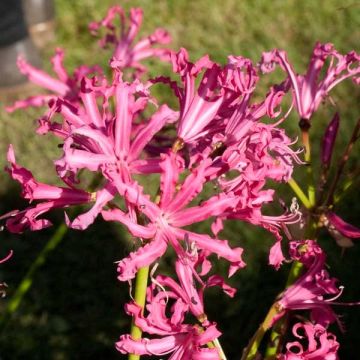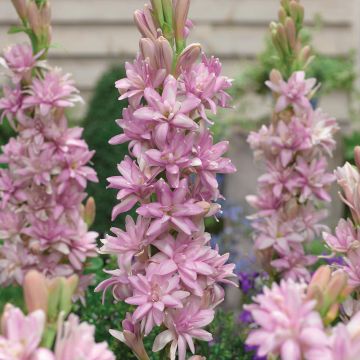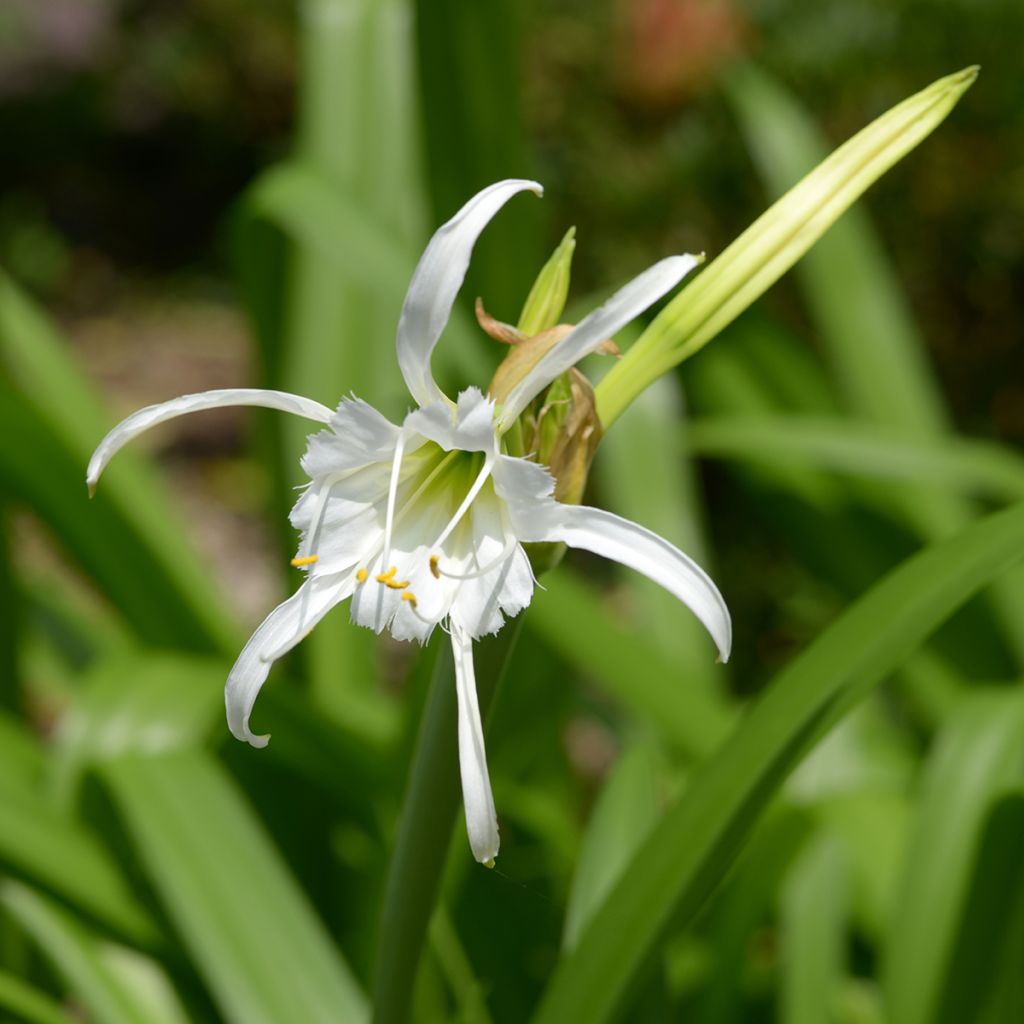

Hymenocallis festalis Blanche
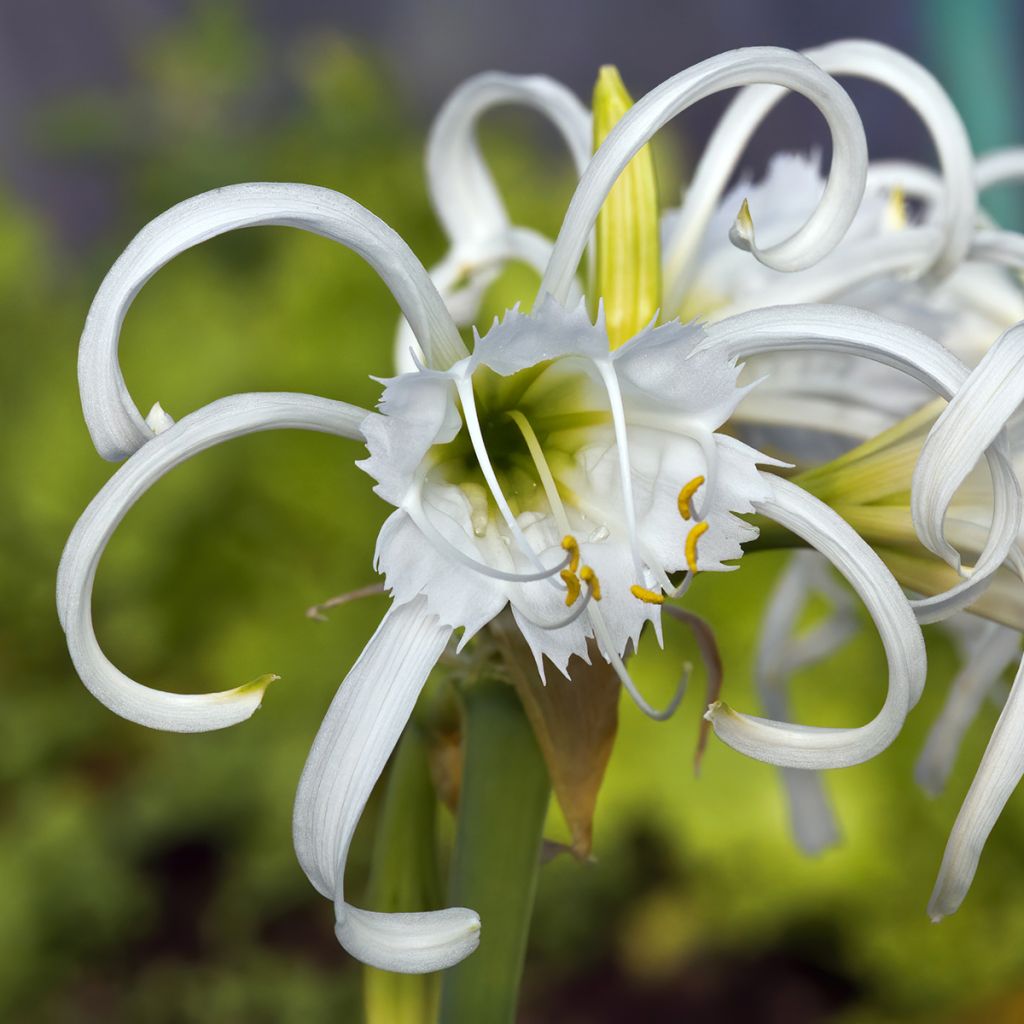

Hymenocallis festalis Blanche
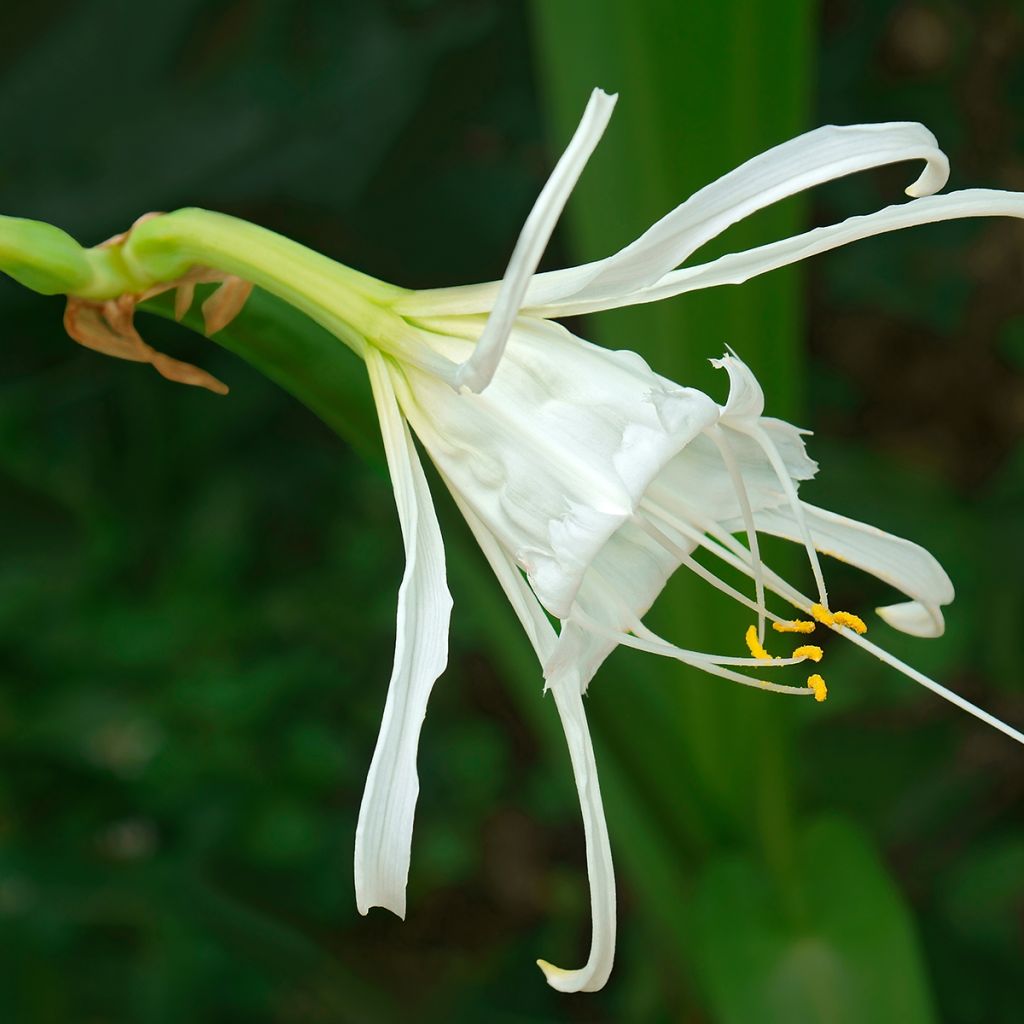

Hymenocallis festalis Blanche
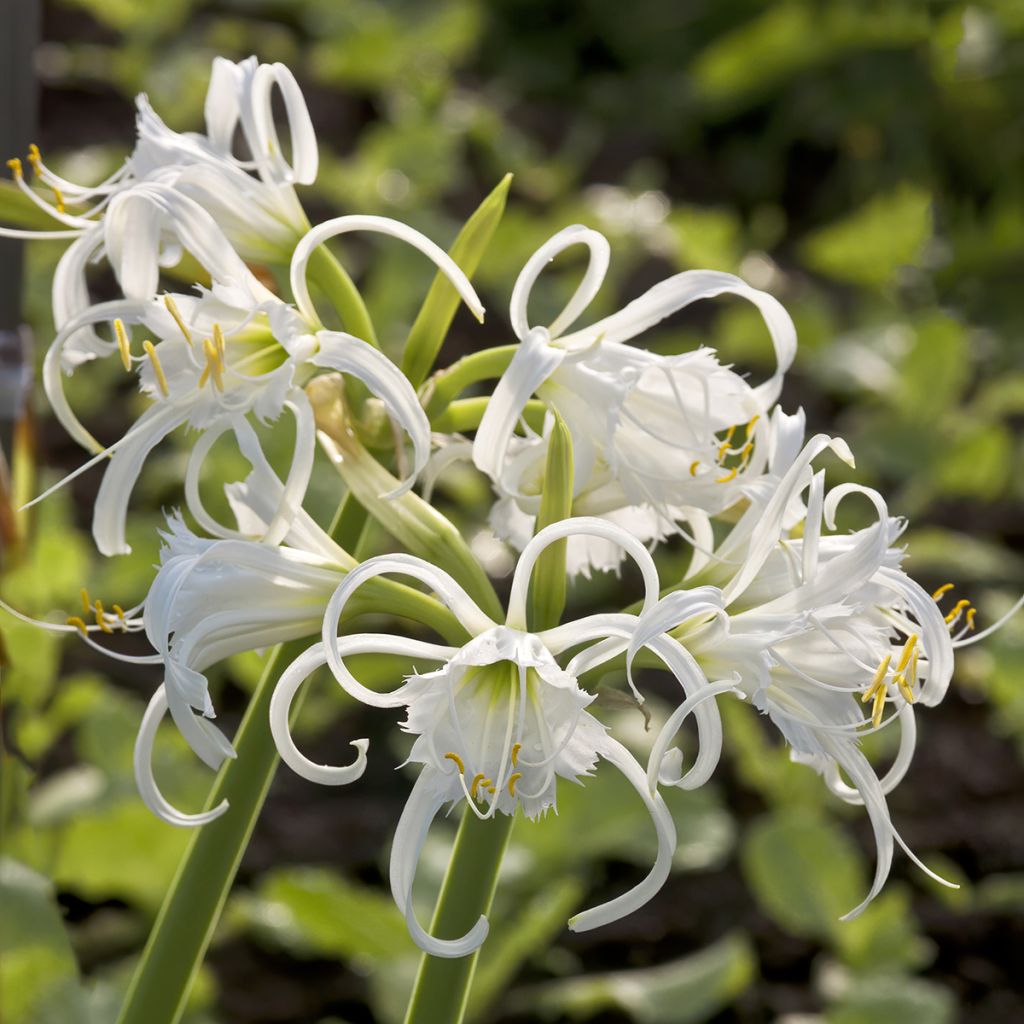

Hymenocallis festalis Blanche
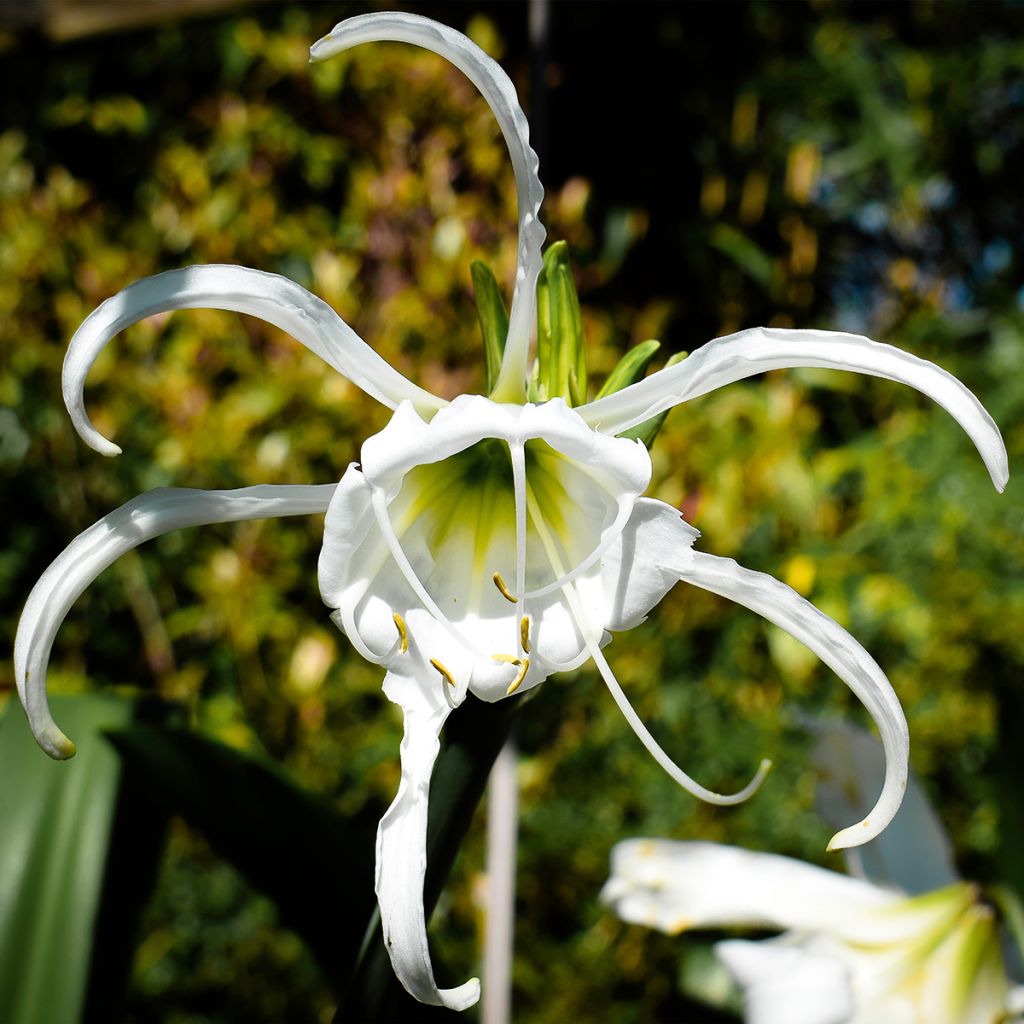

Hymenocallis festalis Blanche
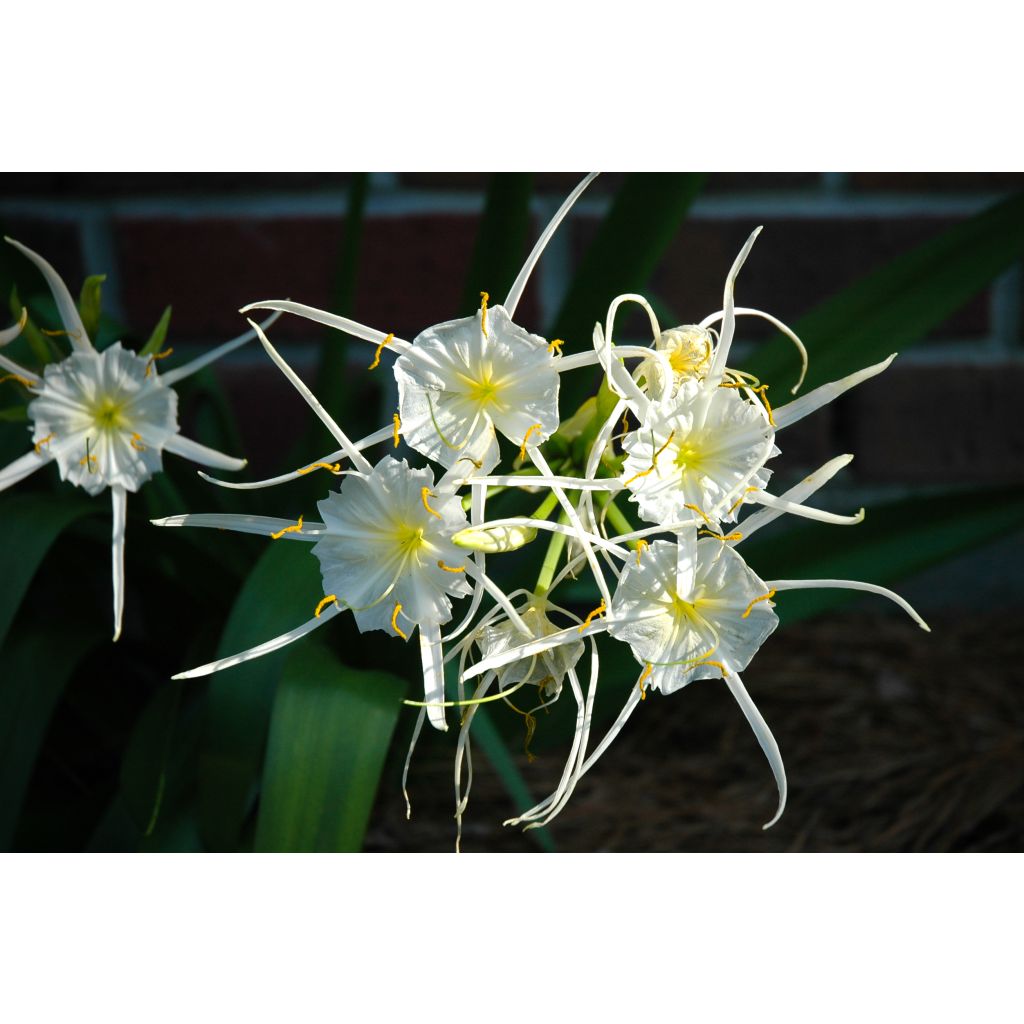

Hymenocallis festalis Blanche
View more pictures
Hide images
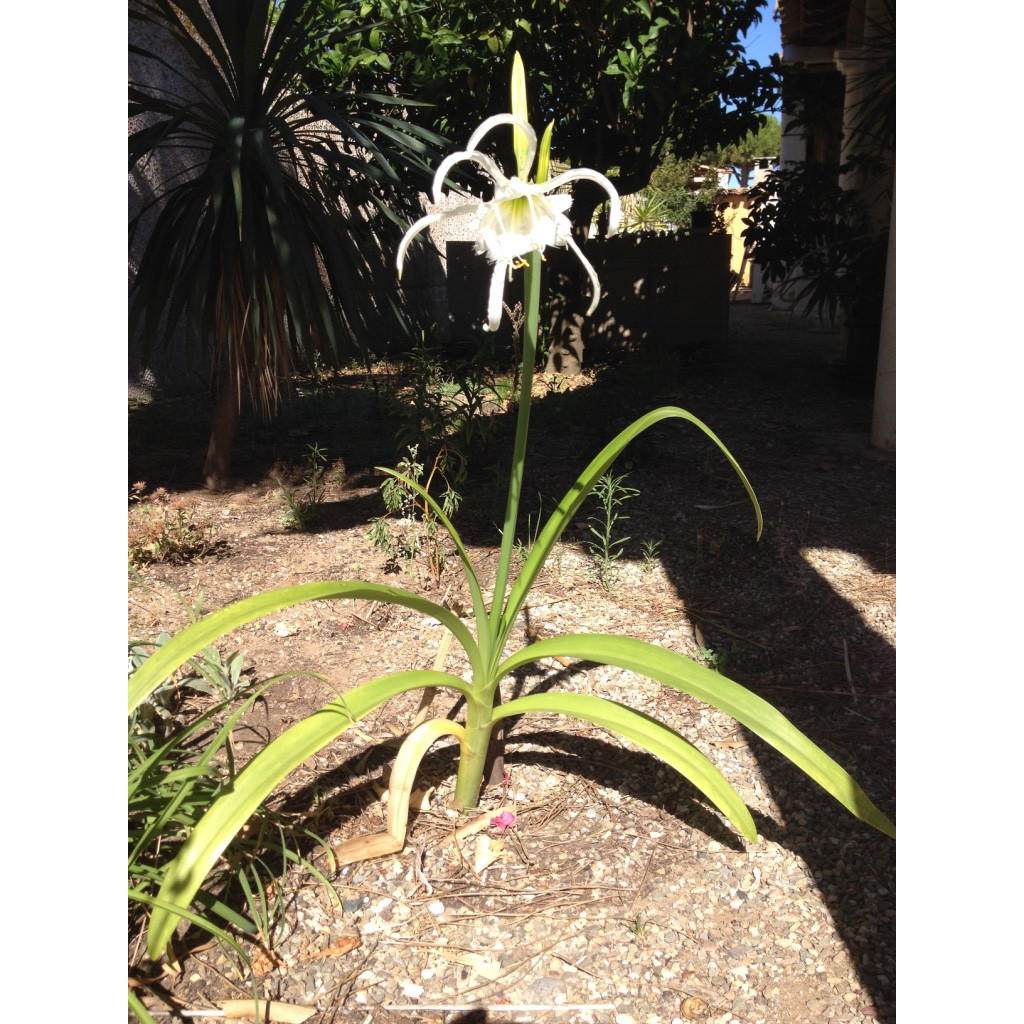
Irina M.

Ismene festalis
Irina M. • 34 FR
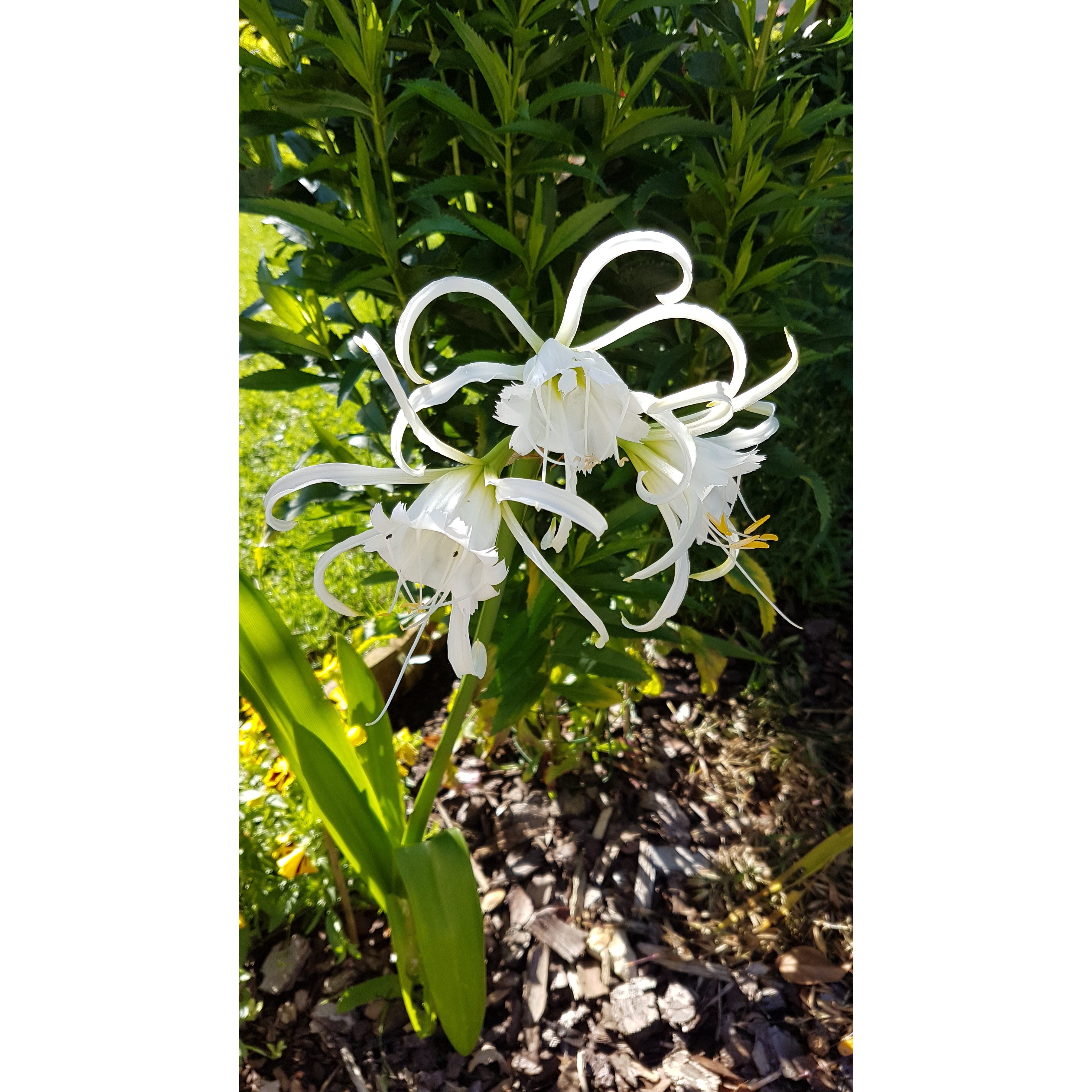
Annie C.

Very beautiful...matches the photo.
Annie C. • 18 FR
Hymenocallis festalis Blanche
Hymenocallis x festalis Blanche
Ismene, Peruvian daffodil, Spider lily
2 out of 3 germinated. Beautiful flowers, might need staking.
Laurent, 13/08/2025
Special offer!
Receive a €20 voucher for any order over €90 (excluding delivery costs, credit notes, and plastic-free options)!
1- Add your favorite plants to your cart.
2- Once you have reached €90, confirm your order (you can even choose the delivery date!).
3- As soon as your order is shipped, you will receive an email containing your voucher code, valid for 3 months (90 days).
Your voucher is unique and can only be used once, for any order with a minimum value of €20, excluding delivery costs.
Can be combined with other current offers, non-divisible and non-refundable.
Home or relay delivery (depending on size and destination)
Schedule delivery date,
and select date in basket
This plant carries a 6 months recovery warranty
More information
We guarantee the quality of our plants for a full growing cycle, and will replace at our expense any plant that fails to recover under normal climatic and planting conditions.

Would this plant suit my garden?
Set up your Plantfit profile →
Description
The Ismene or Hymenocallis festalis, beautifully called the Peruvian daffodil or spider lily, is a tender bulb of Andean origin, cultivated for its dazzling and fragrant flowering that lasts for two months. Its curious and magnificent flowers, composed of a trumpet-shaped crown extended by long, curved petals, resemble large white spiders. They are carried in umbels by a stem emerging from a tuft of ribbon-like foliage similar to that of Amaryllis. Delightfully fragrant and sculptural, these flowers last a long time in a vase and make spectacular and refined bouquets, of great class. Install it near the house, in large pots on the terrace, or even in open ground in our coastal regions spared from frost.
Ismene, formerly known as Hymenocallis, belongs to the Amaryllidaceae family, just like snowdrops, Nerines, and Lycoris. Ismene x festalis is a horticultural hybrid plant resulting from the crossbreeding between I. narcissiflora and I. longipetala. The former is native to the Peruvian Andes, the latter from the southwest of Ecuador to the northwest of Peru. Ismenes are not very hardy and appreciate a mild climate where frosts are rare and brief, and they adapt well to pot cultivation.
In bloom, Ismene x festalis reaches a height of 50-60cm (20-24in) with a spread of 30-40cm (12-16in). Its growing season extends from spring to autumn, and its dormant period corresponds to winter. The basal foliage forms a spreading clump composed of large ribbon-like leaves of a shiny tender green. From late spring to the end of summer depending on the climate, for two months, cylindrical flower stems measuring 60cm (24in) emerge from the foliage. Each carries at its tip an umbel of 6 flowers reaching 10-15cm (4-6in) in diameter, white, washed with green at the centre, with a sweet fragrance. Each flower, slightly inclined towards the ground, is curiously architectural: it consists of a wide trumpet, called a staminal crown, which stretches into six long, slightly undulating and downward-curving petals.
Ismene x festalis is an exotic, sculptural plant, pleasantly fragrant, which is well suited for ornamenting terraces or the surroundings of the house. It will thrive in a soil close to neutrality, well-drained and rich in organic matter, conditions that can easily be provided in a pot that will be stored during winter. A bit difficult to match due to its strong personality, it can however be surrounded by foliage such as ferns, green or purple fennel, and light flowers such as Gaura and Aster cordifolius. A delicate flowering grass like Stipa pennata could also accompany it. Our coastal regions spared from frost can welcome it in open ground, in partial shade, with Heucheras, Lycoris, and hostas for example.
Report an error about the product description
Hymenocallis festalis Blanche in pictures


Plant habit
Flowering
Foliage
Botanical data
Hymenocallis
x festalis
Blanche
Amaryllidaceae
Ismene, Peruvian daffodil, Spider lily
Cultivar or hybrid
Planting and care
Plant your Ismene bulbs after the last frost, in a semi-sunny position, 10cm (4in) deep and spaced 10cm (4in) apart. The soil will be deeply worked and enriched with compost. Throughout the growing season, the plant should not lack water, but should not be waterlogged either. Ismenes are sensitive to frost. In a coastal Mediterranean or maritime climate, you can leave the bulbs in the ground, taking care to mulch them. In colder regions, the bulbs should be dug up in autumn before the first frosts and stored in a cool, dry place. You can also grow them in pots (1 bulb per 15cm (6in) pot, with the top of the bulb level with the soil) in a good quality compost that you regularly enrich with fertilizer. The pots can be taken outside at the end of spring and protected from frost in winter. Multiplication occurs spontaneously through the production of bulblets near the mother bulb.
Planting period
Intended location
Care
-
, onOrder confirmed
Reply from on Promesse de fleurs
Similar products
Haven't found what you were looking for?
Hardiness is the lowest winter temperature a plant can endure without suffering serious damage or even dying. However, hardiness is affected by location (a sheltered area, such as a patio), protection (winter cover) and soil type (hardiness is improved by well-drained soil).

Photo Sharing Terms & Conditions
In order to encourage gardeners to interact and share their experiences, Promesse de fleurs offers various media enabling content to be uploaded onto its Site - in particular via the ‘Photo sharing’ module.
The User agrees to refrain from:
- Posting any content that is illegal, prejudicial, insulting, racist, inciteful to hatred, revisionist, contrary to public decency, that infringes on privacy or on the privacy rights of third parties, in particular the publicity rights of persons and goods, intellectual property rights, or the right to privacy.
- Submitting content on behalf of a third party;
- Impersonate the identity of a third party and/or publish any personal information about a third party;
In general, the User undertakes to refrain from any unethical behaviour.
All Content (in particular text, comments, files, images, photos, videos, creative works, etc.), which may be subject to property or intellectual property rights, image or other private rights, shall remain the property of the User, subject to the limited rights granted by the terms of the licence granted by Promesse de fleurs as stated below. Users are at liberty to publish or not to publish such Content on the Site, notably via the ‘Photo Sharing’ facility, and accept that this Content shall be made public and freely accessible, notably on the Internet.
Users further acknowledge, undertake to have ,and guarantee that they hold all necessary rights and permissions to publish such material on the Site, in particular with regard to the legislation in force pertaining to any privacy, property, intellectual property, image, or contractual rights, or rights of any other nature. By publishing such Content on the Site, Users acknowledge accepting full liability as publishers of the Content within the meaning of the law, and grant Promesse de fleurs, free of charge, an inclusive, worldwide licence for the said Content for the entire duration of its publication, including all reproduction, representation, up/downloading, displaying, performing, transmission, and storage rights.
Users also grant permission for their name to be linked to the Content and accept that this link may not always be made available.
By engaging in posting material, Users consent to their Content becoming automatically accessible on the Internet, in particular on other sites and/or blogs and/or web pages of the Promesse de fleurs site, including in particular social pages and the Promesse de fleurs catalogue.
Users may secure the removal of entrusted content free of charge by issuing a simple request via our contact form.
The flowering period indicated on our website applies to countries and regions located in USDA zone 8 (France, the United Kingdom, Ireland, the Netherlands, etc.)
It will vary according to where you live:
- In zones 9 to 10 (Italy, Spain, Greece, etc.), flowering will occur about 2 to 4 weeks earlier.
- In zones 6 to 7 (Germany, Poland, Slovenia, and lower mountainous regions), flowering will be delayed by 2 to 3 weeks.
- In zone 5 (Central Europe, Scandinavia), blooming will be delayed by 3 to 5 weeks.
In temperate climates, pruning of spring-flowering shrubs (forsythia, spireas, etc.) should be done just after flowering.
Pruning of summer-flowering shrubs (Indian Lilac, Perovskia, etc.) can be done in winter or spring.
In cold regions as well as with frost-sensitive plants, avoid pruning too early when severe frosts may still occur.
The planting period indicated on our website applies to countries and regions located in USDA zone 8 (France, United Kingdom, Ireland, Netherlands).
It will vary according to where you live:
- In Mediterranean zones (Marseille, Madrid, Milan, etc.), autumn and winter are the best planting periods.
- In continental zones (Strasbourg, Munich, Vienna, etc.), delay planting by 2 to 3 weeks in spring and bring it forward by 2 to 4 weeks in autumn.
- In mountainous regions (the Alps, Pyrenees, Carpathians, etc.), it is best to plant in late spring (May-June) or late summer (August-September).
The harvesting period indicated on our website applies to countries and regions in USDA zone 8 (France, England, Ireland, the Netherlands).
In colder areas (Scandinavia, Poland, Austria...) fruit and vegetable harvests are likely to be delayed by 3-4 weeks.
In warmer areas (Italy, Spain, Greece, etc.), harvesting will probably take place earlier, depending on weather conditions.
The sowing periods indicated on our website apply to countries and regions within USDA Zone 8 (France, UK, Ireland, Netherlands).
In colder areas (Scandinavia, Poland, Austria...), delay any outdoor sowing by 3-4 weeks, or sow under glass.
In warmer climes (Italy, Spain, Greece, etc.), bring outdoor sowing forward by a few weeks.

































